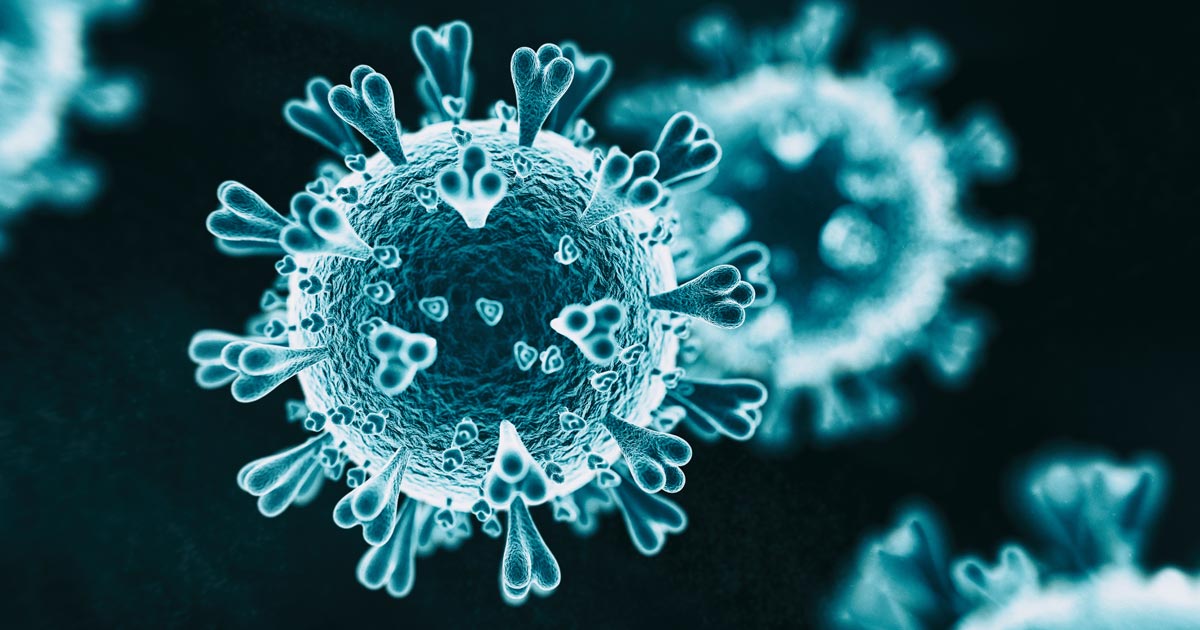News, ideas & inspiration from industry leaders

Key Learning Concepts: COVID and companion animals
Now more than ever, minimizing in-shelter populations of animals is essential.
a. Reserve intake for animal emergencies only – sick, injured, dangerous, or those animals that are in immediate danger.
b. Leave in place: healthy cats, un-weaned kittens in good health.
c. Having fewer animals in the shelter reduces the risk of human exposure by allowing for reduced staffing and increased social distancing and also reduces the potential for animal transmission to other animals.
Transmission
- Human-to-human contact remains the greatest risk to other humans.
- There appears to be some risk of infection from humans to pets. This is currently under investigation and not yet well defined.
- Limit contact with pets if you are sick. Protect pets like other family members.
- While there have been limited reports of animal to animal transmission from experimental infections only, there is currently no evidence that animal transmission back to humans is possible. Even if this is possible, there is no evidence companion animals play an epidemiological role.
Preparedness
- Shelters and communities should work to support the human animal bond, keeping animals with their families whenever possible.
- Whenever possible, animals should stay in their homes with their families.
- People should prepare a plan for who will care for their pet in the event they cannot care for their pet. The plan should be comprehensive and clear. There are examples available.
- Animal Welfare Professional leaders need to develop a collaborative community plan for exposed pets. Coordinating multiple organizations to work together is likely to be the most successful safety net.
Handling of Exposed Animals
Know recommendations for handling exposed pets in the event they need to come into care. Download a sample protocol here.
- Stay safe if collecting animals from sick people’s homes. Follow PPE and handling guidelines.
- Utilize gloves and PPE (gowns, coveralls, dedicated footwear – all re-usable if possible and dedicated to that animal housing area) when handling exposed animals. New today wear a cloth mask as per CDC recommendations when out in public.
- Bathing is not necessary, as there is no evidence to support animals can be fomites.
- Hold known exposed animals for 14 days prior to adoption or foster.
- House exposed animals separately from general population out of an abundance of caution.
- Allow dogs to be walked outside for exercise and elimination. Remove organic waste immediately and sanitize area in accordance with normal process.
- Limit close contact of exposed pets with humans during the segregation period.
- Avoid direct contact with other animals during the segregation period.
- During the segregation, spot cleaning is preferred to minimize handling.
- Sanitation of the area is as recommended for routine cleaning and disinfection of kennel areas (e.g.: Rescue 1:32 for 10 minutes to inactivate parvoviruses).
— Dr. Sandra Newbury, Director of Shelter Medicine Program, Department of Medical Sciences, University of Wisconsin – Madison, School of Veterinary Medicine and the Shelter Medicine Team



